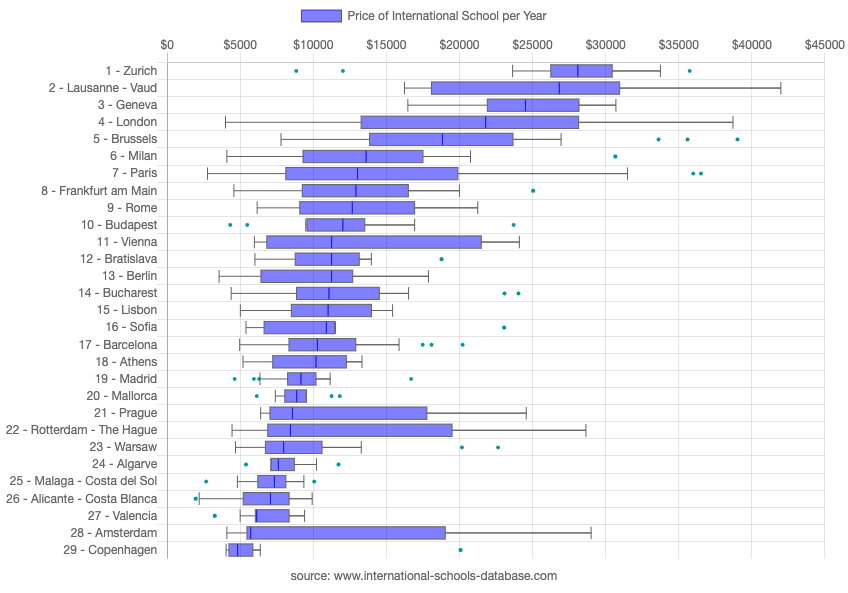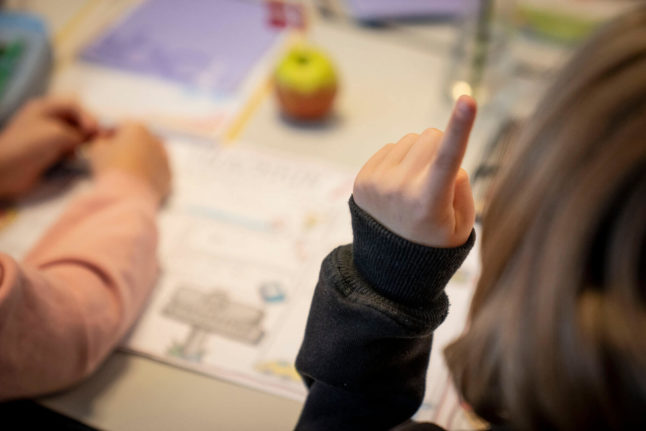The Danish capital has again been ranked the cheapest of all European cities in the International Schools Database, a comparison of international schools in cities across four continents.
Copenhagen was placed 72nd out of 73 cities for the cost of international schooling (the more expensive the city, the higher on the list), with only Cape Town in South Africa being cheaper. In Europe, Copenhagen was 29th out of 29.

In the price analysis, international school costs were compared for 29 cities in European countries and 73 cities globally.
The Danish capital is not generally considered to be cheaper than its European peers, which makes its low cost for international private schools remarkable.
In the Nordic country, both public and private schools, including international schools are all subsidised by the state. This is likely to be a key factor in international schools being relatively affordable in Copenhagen.
“We believe that Denmark has (comparatively) cheap international education available because in Denmark government-approved private schools (including international schools) often receive the same amount of government funding as public ones.
“This may explain why education is so affordable – comparatively speaking – in Copenhagen, as international schools in the rest of the world tend not to be subsidized (or are only partially subsidized) and the full cost of them is normally paid by parents,” Andrea Robledillo, co-founder of International Schools Database, previously told The Local.
That factor remains unchanged in 2020, Robledillo said on Tuesday via email.
“There has actually not been any significant changes regarding Copenhagen's ranking, either in Europe or the world. Even though we have been able to include many new countries and cities this past year, Copenhagen remains the cheapest city in Europe for international education, and the second cheapest in the world,” she said.
The 2020 edition of ranking includes 29 cities, compared to 21 cities in 2019. The new cities are London, Bratislava, Athens, Mallorca, The Hague, Algarve, Costa Blanca, and Valencia. Worldwide, 73 cities were included, versus 56 cities in 2019.
“Which, when you think about it, may be interesting in itself; Copenhagen remains the cheapest even when we count more cities from countries that one would think would be cheaper than Denmark,” Robledillo said.
Switzerland remains the most expensive European country for international schooling. The Swiss cities of Zurich, Lausanne and Geneva take the top three spots on the European overview.
Some schools and prices may not be included for individual cities, either because they do not make their price data available or because it was unknown to researchers. You can see the analysis in full here.
READ ALSO: How Denmark got its children back to school so soon after lockdown



 Please whitelist us to continue reading.
Please whitelist us to continue reading.
Member comments